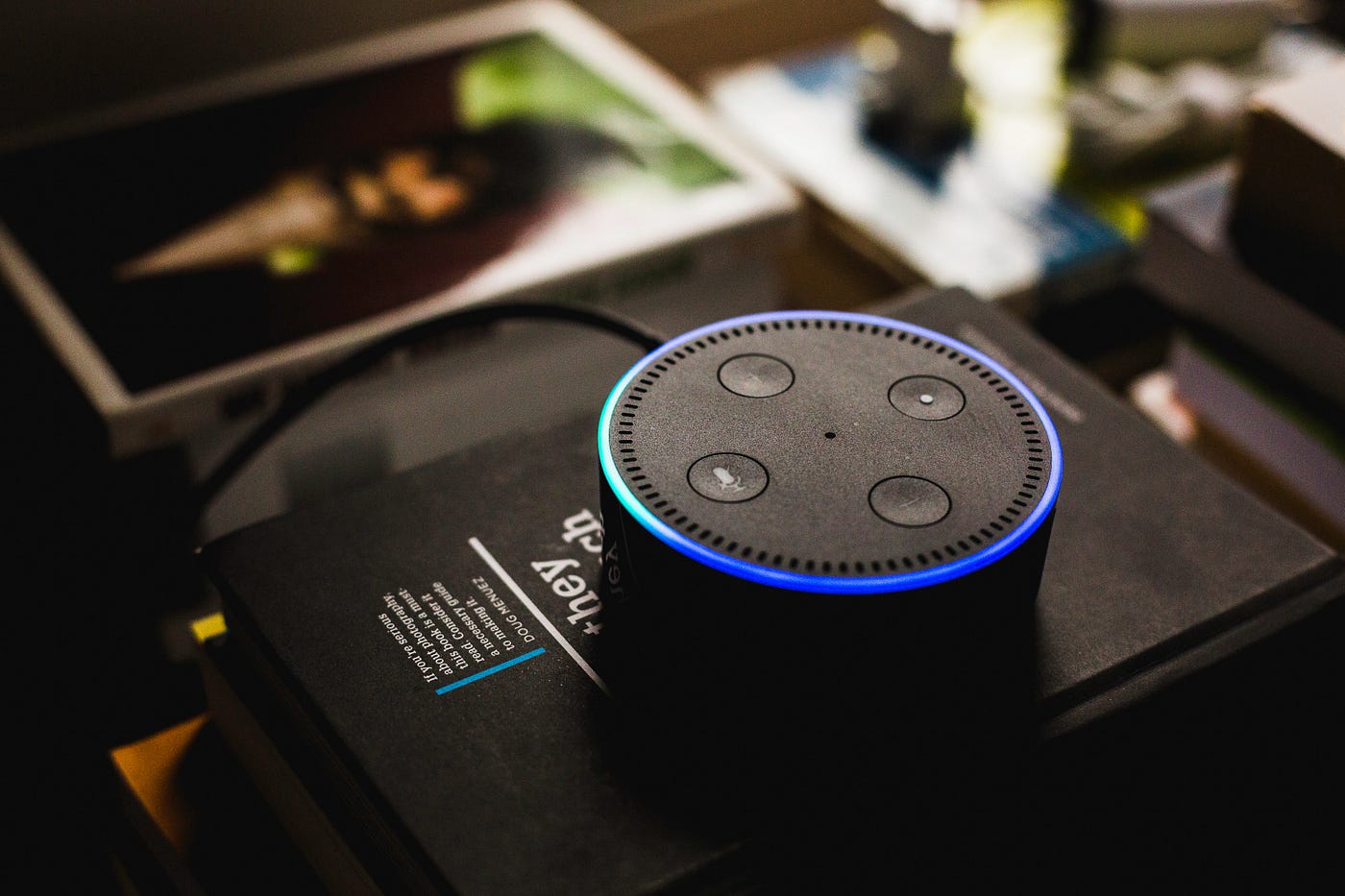User interfaces have evolved a lot since their inception from command line interface to GUIs & touch interface and now heading towards conversational interfaces with chatbots becoming the new norm. But are we going ahead or moving in a circle?

Evolution of user interfaces
We’ve come a long way since we first started to understand the need to design a user – computer interface that would facilitate a communication between a human and a machine. The history of interfaces can be broadly divided into four categories – Batch interface, Command line interface, Text based interface & Graphical user interface.
In the Beginning…Was the command line

Though technically there was batch interface before that but we have plenty of folks around us who have barely even heard of that let alone used it.
But we are familiar with the command line interface, right? The black screen with a monospaced raster typeface that is similar to Courier or Lucida Console. The lone survivor when the entire system crashes down. I’m sure we all have had our moments with the command line interface.
Enter GUIs

Graphical user interfaces, or GUIs as some like to call them, are the interfaces which are present everywhere today. They are drastically different from the command line with plenty of colours, images and other visual elements that assist us to understand and comprehend things better and quicker. The addition of cursor to point at things, click and drag sets them apart from the monotonous, text only style of the command line.
Another extension of the GUI is the touch interface where things escalate beyond the cursor as we use our fingers to tap, pinch and swipe on the screen to interact with the interface. Most of us prefer and are quite comfortable using the GUIs. So why are the GUIs so popular?
The quest to minimise human effort

We all hate to enter text. We all wish for the data to be automatically extracted and populated for us. Instead of typing a 150 character long path to access a file it is definitely easier to find it with a couple of clicks or taps. It also minimises the overhead of remembering the commands and their mnemonics.
Designers are consistently striving to minimise the efforts of users by optimising interfaces, reducing the amount of text to be entered, reducing the pain of memorising things and enhancing learnability. They are trying to reduce human efforts by automating things wherever possible, letting the system do the mechanical stuff, hence increasing productivity.
This has further evolved to interfaces that do tasks for us, the assistants, or chatbots.
What is a chatbot?

A chatbot (also known as a talkbot, chatterbot, Bot, IM bot, interactive agent, or Artificial Conversational Entity) is a computer program or an artificial intelligence which conducts a conversation via auditory or textual methods.
This is how Wikipedia defines a chatbot. So it is basically an interface which converses with users via text to present information or perform some task in response.
Wait…isn’t that how command line works? It takes input from users in the form of text and does the same thing. So have we come a full circle?
There’s more to it

Chatbots do indeed seem quite similar to command line if we see it that way. In terms of input methods, definitely yes. But they are more than that. They have a character (well most of them). They attempt to simulate human behaviour. They respond in ways which are less mechanical and more forgiving. They have more diverse ways of presenting information. More importantly they are not a replacement to the GUI.
If designed well, they can leverage the potential of the GUIs and make the interactions more intuitive and effortless for the users. With addition of voice as a medium for both input and output they become even more expressive, again adding to their personality.
Voice User Interfaces (VUI)

There are quite a few chatbots which have voice as the primary mode of communication. They listen to user’s voice and respond with their own voice. Technology giants like Google, Amazon and Apple are leveraging the potential of voice interfaces through dedicated hardware devices that are specialised to recognise speech, process it and respond accordingly which makes them intelligent systems that are capable of communicating in a manner very similar to humans. Since they provide a hands-free and eyes-free mode of interacting, it is definitely a delightful experience.
Having said that, there is also less scope for error as they need to ensure less response time and high accuracy, factors which can easily spoil the experience for the users if not taken care of.

Conclusion
Chatbots are evolving, some of them surpassing the Turing test which is a test of a machine’s ability to exhibit intelligent behaviour equivalent to, or indistinguishable from, that of a human. When conversing with a chatbot people feel they are chatting (or talking) with another human being. The phenomenon called as anthropomorphism in psychology.
So, being a designer, it’s an exciting time for us to step up and learn about chatbots, how they work and how they are shaping the future of interfaces crafting personalised experiences and reducing the efforts of the users.
Whether we are going in a circle is still a debatable thing. I guess as designers we all know that design is an iterative process so what might appear as a circle might actually be a spiral from another perspective.
What do you think…?







